The Kalosat 1A f/4.5
The Kalosat lens was launched in October 1919 by Hanovia Chemical and Manufacturing Company, later the Hanovia Lens Laboratories.
The lens is made of synthetic quartz of optical quality. Quartz has a high refractive index and transmits more UV light than standard glass lenses. As such this lens is well suited for all photography with blue sensitive emulsions (such as wet plate or collodion). The lens is brighter than the actual f-stop wants us to believe.
Since the lens is a simple meniscus, the visual outcome is a soft focus image due to the overlapping of the central image by a marginal image of lower intensity. The degree of diffusion can be adjusted by the iris diaphragm as in so many other soft focus diffusion lenses. Because of the quartz lens element, the spectral diffusion signature is different compared to glass soft focus lenses of similar construction.
Focussing is slightly more complicated as in non-achromats the visual focus doesn't coincide with the chemical focus. So some trial and error is required to get a feel of what constitutes "perfect focus".
The biggest issue I had adapting the Kalosat Series I lens to my Medium Frame setup was finding a suitable lens flange. As so often, lens flanges seem to stay behind on a camera or lens board when the lens is sold. I lucked out as I did find a matching lens flange in my "spare flange box".
Mounting on a Pentax 67 camera body cap was straight forward and with a focal length of 6 3/4" or 171.5 mm I needed two extension rings to get a suitable lens/film plane spacing.
The result can be seen in the image below. The full stack comprises of the Mamiya 645 to Pentax 67 lens adaptor, the Asahi Helicoid, two Pentax 67 macro extension rings and finally the body cap with Kalosat 1A lens mounted on it. I've also mounted a Tiffen Series #6 filter holder on the lens so I can use color filters for B&W photography.
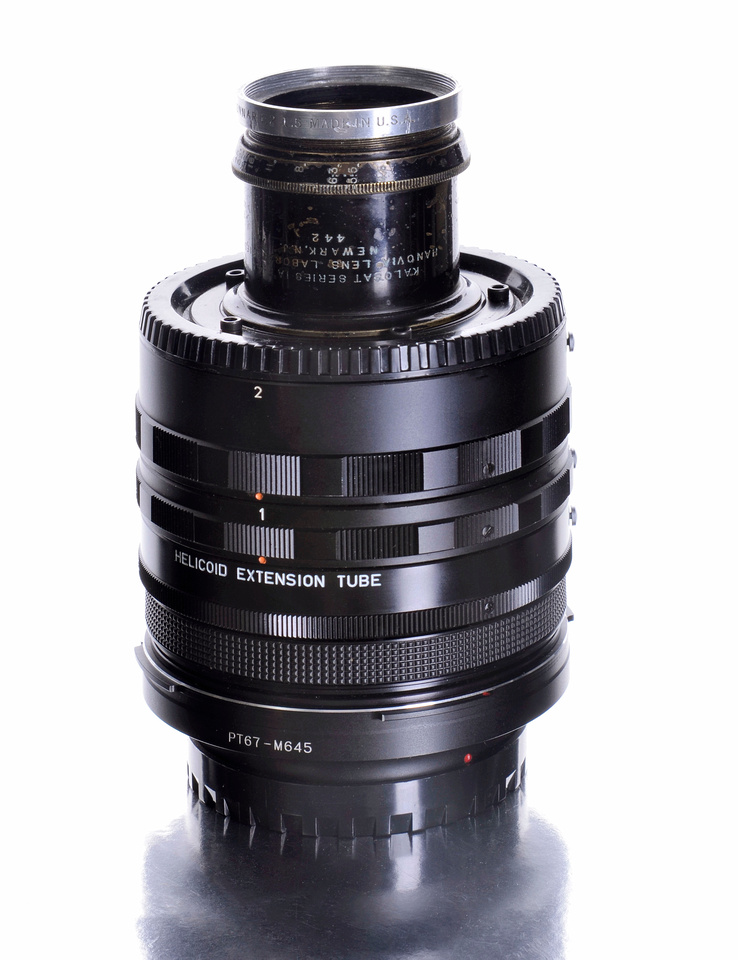

My sister's kitchen table still life was a thankful subject to test drive the lens and verify soft focus performance. The images below were all taken at different f-stop numbers. Exposure time was adjusted to yield the same film plane illumination as much as possible based on the camera's exposure reading. The Mamiya 645 AFD II was mounted on a tripod and actuated with a remote.
B&W conversion was performed in Creative Suite 6 with actions I've developed over few years of digital workflow.


1) Hanovia Kalosat 1A, f/4.5
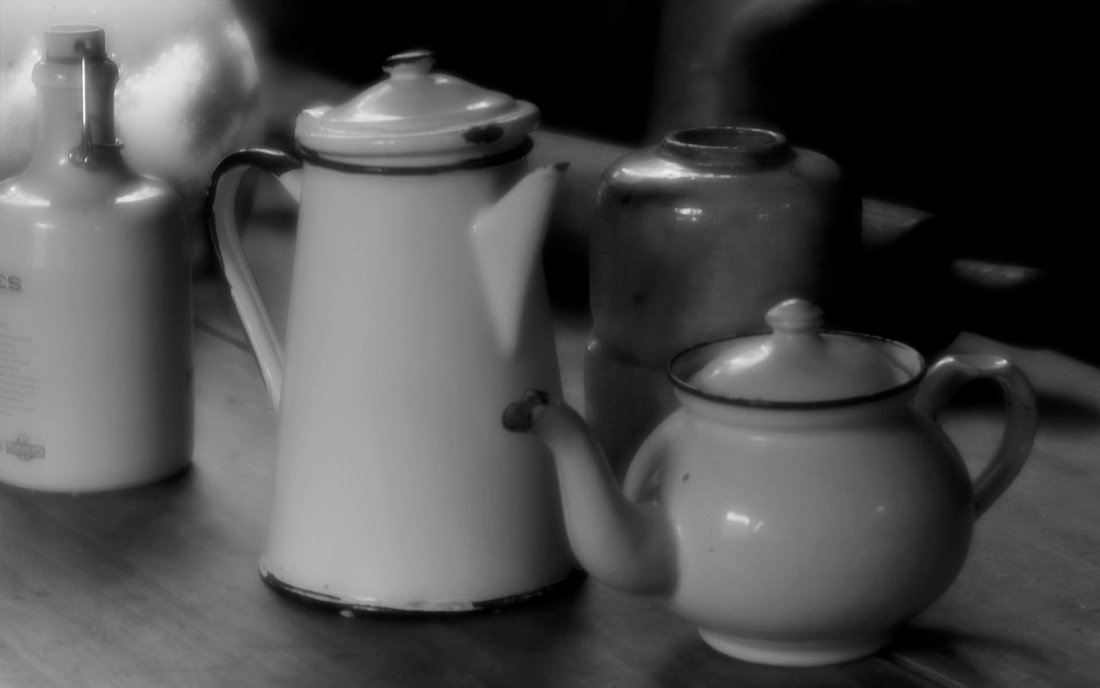

2) Hanovia Kalosat 1A, f/6.3
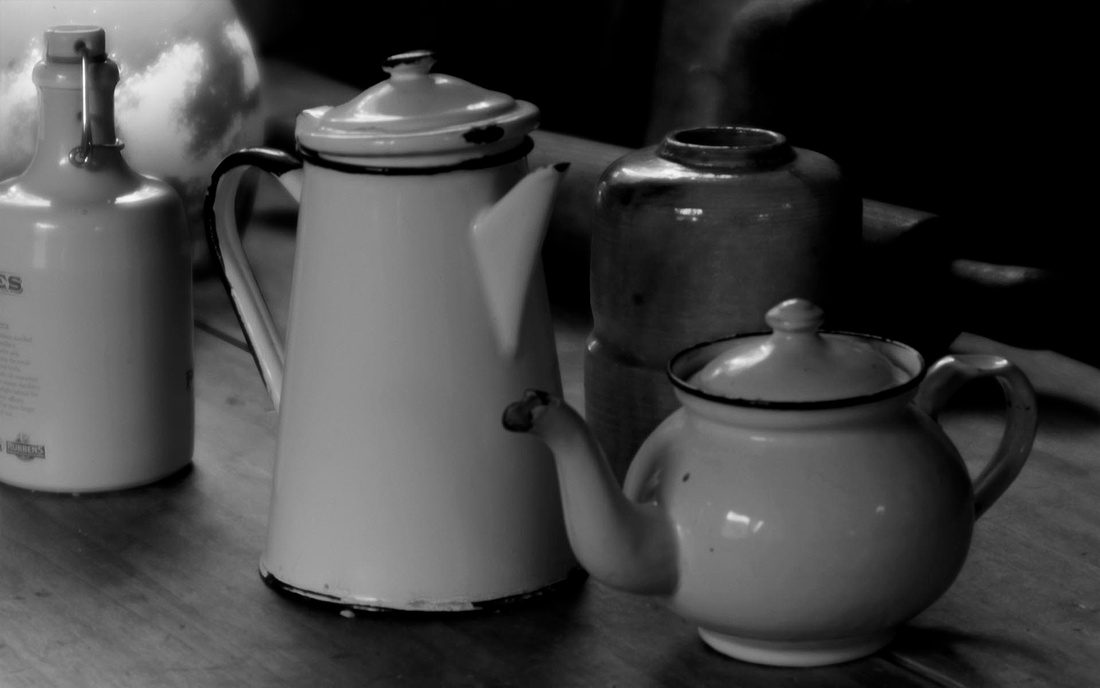

3) Hanovia Kalosat 1A, f/9
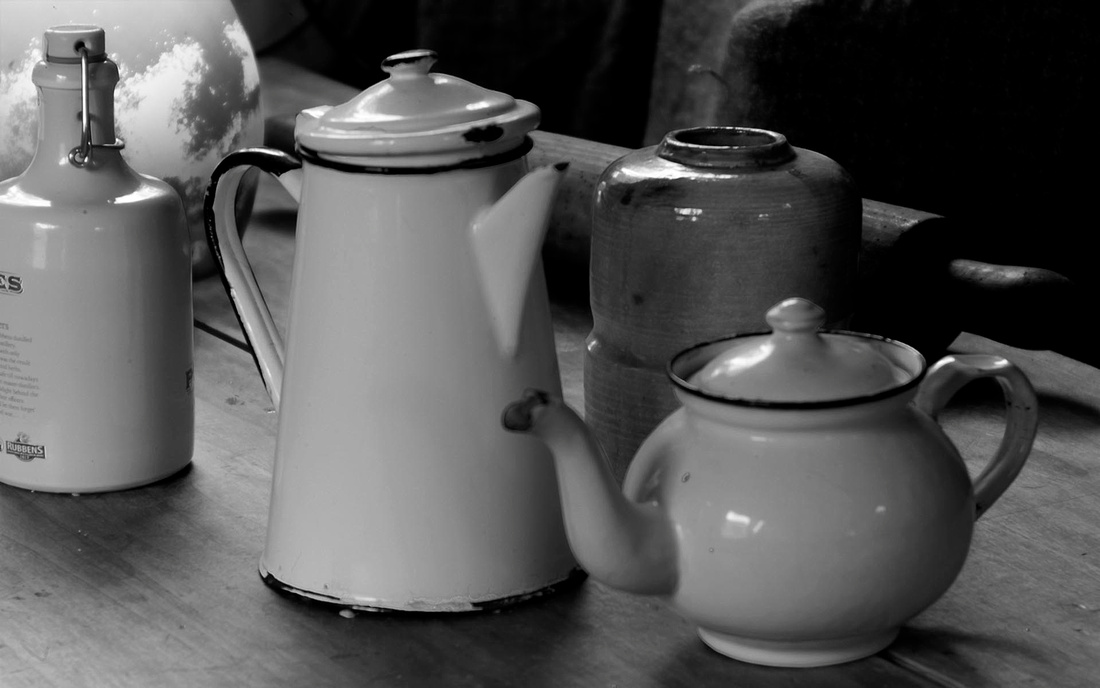

4) Hanovia Kalosat 1A, f/16
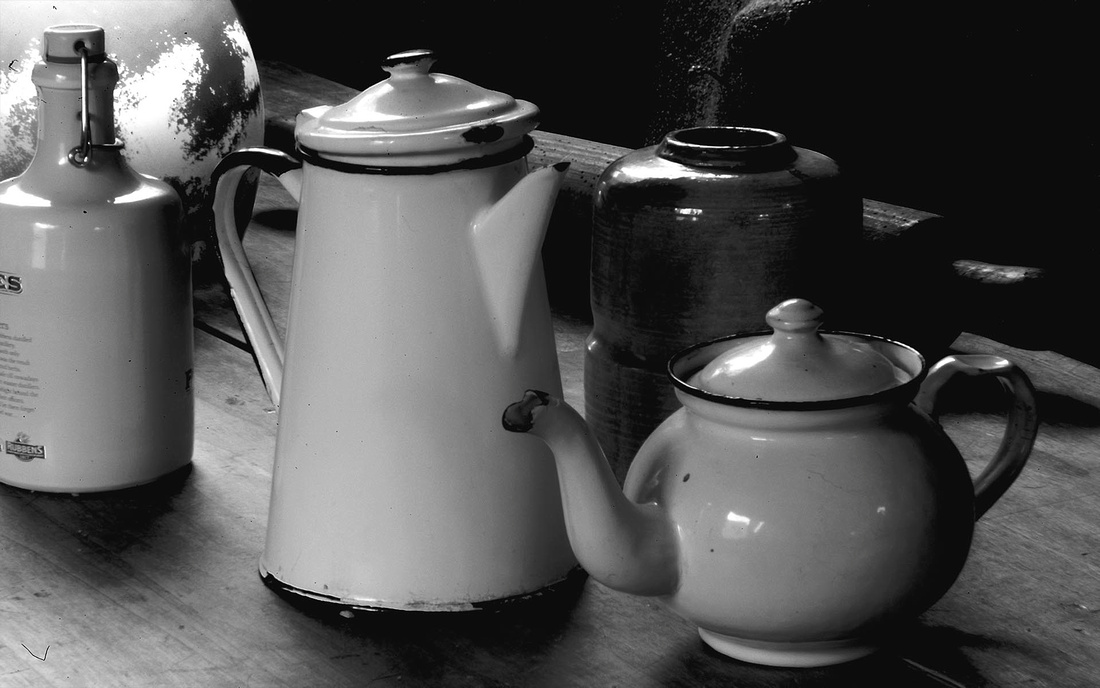

5) Hanovia Kalosat 1A, f/45
As one can observe, the definition of the image changes drastically with aperture.
What's not obvious out of these images is the diffusion to be different int he color image in the view finder as compared to the converted B&W image. It took some practice to figure out where the focus is ... changing the aperture forces one to adjust focus slightly for best result.
Peace,
Amedeus